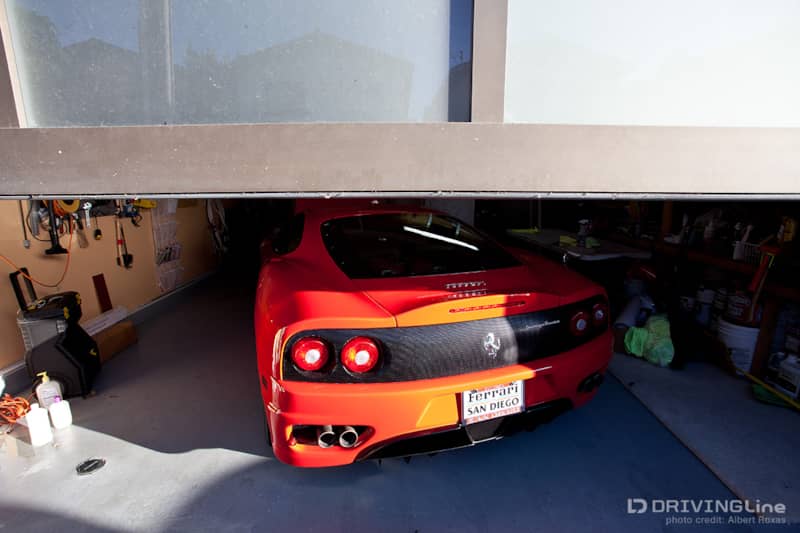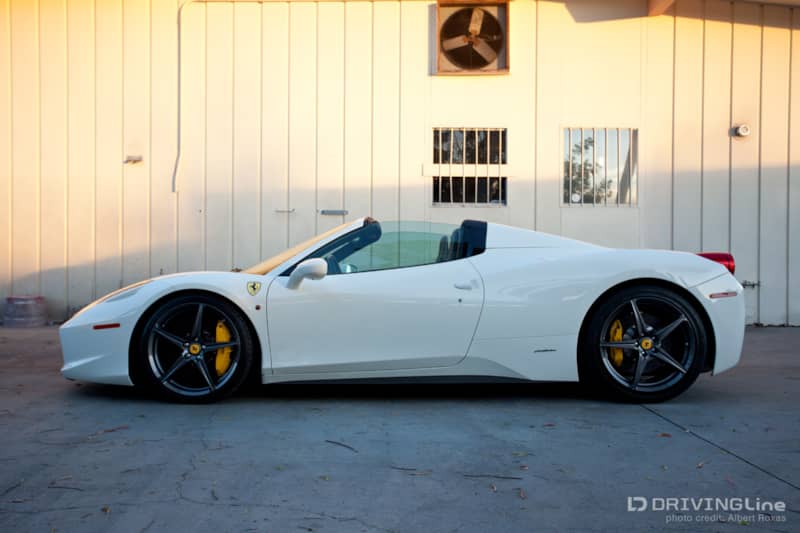The Ins & Outs of Storing Your Vehicle

Create a checklist

Battery Tender/Maintainer
Batteries lose charge when not started regularly and recharged by an alternator. In cold climates many choose to fully disconnect their battery during winter months and place it in a climate-controlled area – but for many a battery tender/maintainer works fine. Rather than disconnecting your battery, this connects to it and a charging source to give your car the power it needs to insure it maintains enough “juice” to start up. Particularly helpful with newer cars that tend to draw more current, even while stored, a solid Battery Tender/maintainer keeps your battery ready and fresh when you’re ready to finally start it up.
Take care of your tires
Do not over-inflate, but if you ‘re planning for your car to sit for over a month, you might want to consider adding some extra PSI to your tires. This will reduce the likelihood of flat spotting, but will not prevent it. To prevent flat spotting completely, you can put the car on jacks, but if you plan to drive it every month or so, floor jacks are not very practical.
Clean and Prep your vehicle
Never store your vehicle dirty, especially if you plan on covering it. A fresh wash/wax or detail, along with ensuring the interior is clean is a necessity. Sounds like common sense to us car-obsessed people, but it’s the little things that can do the most damage. Ideally you don’t want any opportunity of moisture inside the car while it’s stored, as that could grow mold depending upon how long you keep the car under wraps – consider using DampRid or something similar as an added measure to keep moisture out of the inside. Some people also suggest using mothballs, but a better alternative is dryer sheets to keep the interior smelling fresh and deterring rodents that could find their way in.Get the right cover
An indoor cover if you’re keeping it garaged, an outdoor cover if it has to brave the elements. Again, this also comes down to how long you plan on storing the vehicle. Indoor covers tend to be lighter, allowing the vehicle to breathe and providing protection only against dust. Outdoor covers tend to have more protection, while also allowing some breathe ability in the event it rains or for tougher weather.
Fluids, Gas and Rubber
Top off all fluids or flush them if the car has had significant added mileage prior to storage. The coolant and brake systems are targets to consider. There are a couple of options for fuel. The first is to fill the tank completely, with higher octane gasoline, and then add a fuel stabilizer to it. Others choose to drain the fuel system entirely to avoid gumming up the system and trapping in moisture. Treat any rubber moldings with a detailing conditioner, to prevent cracking or them becoming sticky.







